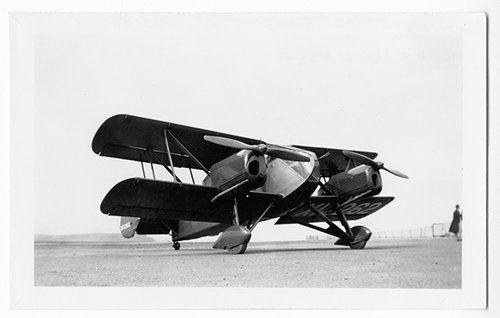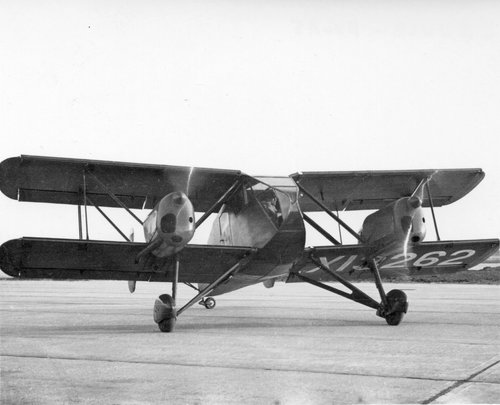- Joined
- 26 May 2006
- Messages
- 34,729
- Reaction score
- 15,592
Hi,
the Crouch-Bolas designed a four engined low wing light transport
aircraft project in 1938.
http://www.flightglobal.com/PDFArchive/View/1938/1938 - 2221.html
the Crouch-Bolas designed a four engined low wing light transport
aircraft project in 1938.
http://www.flightglobal.com/PDFArchive/View/1938/1938 - 2221.html
Attachments
Last edited:






